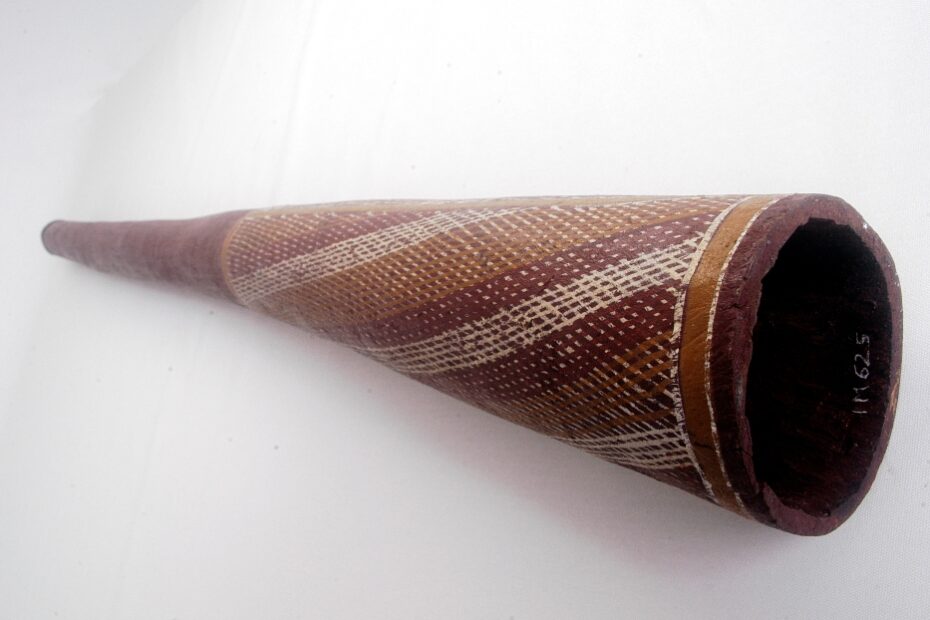Berimbau
{{article:6618}}{{article:6658}} Musical bow with resonator-vessel rattle (311.121.222-4 + 112.13). It is of African origin and its morphological and technical characteristics of performance resemble those of the Bantus musical bows from Angola. Since the early 19th c , well informed and illustrated specialized writers have made known that this instrument was introduced and spread out in Brazil, especially by black slaves. The berimbau consists of a rustic wooden stick with a wire string fastened at each end. The resonator is…


